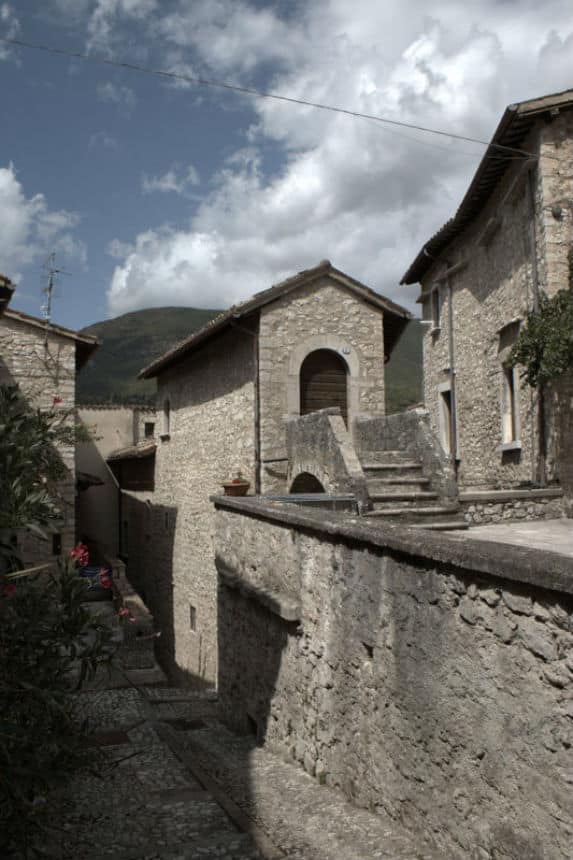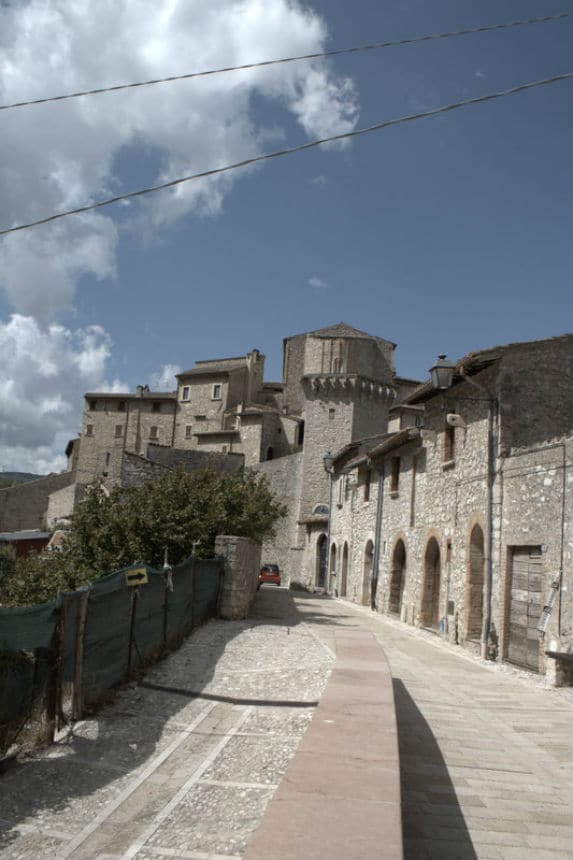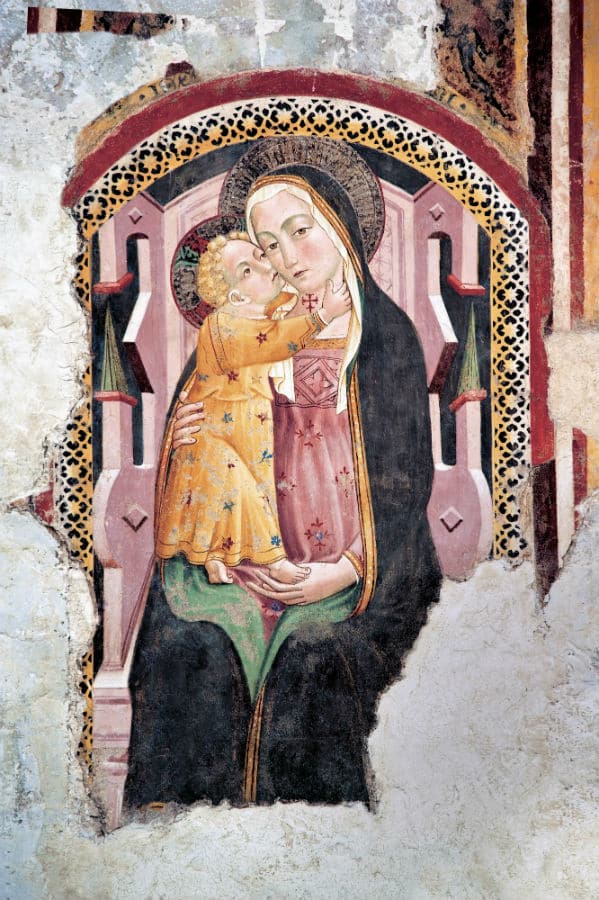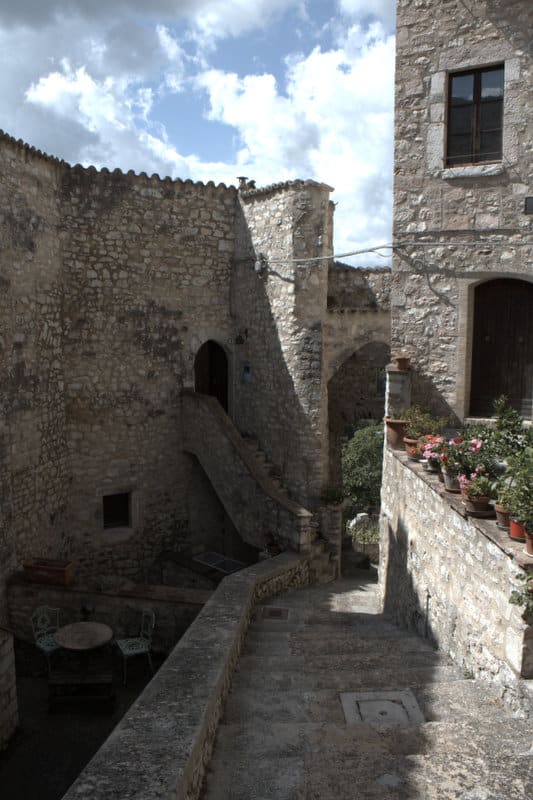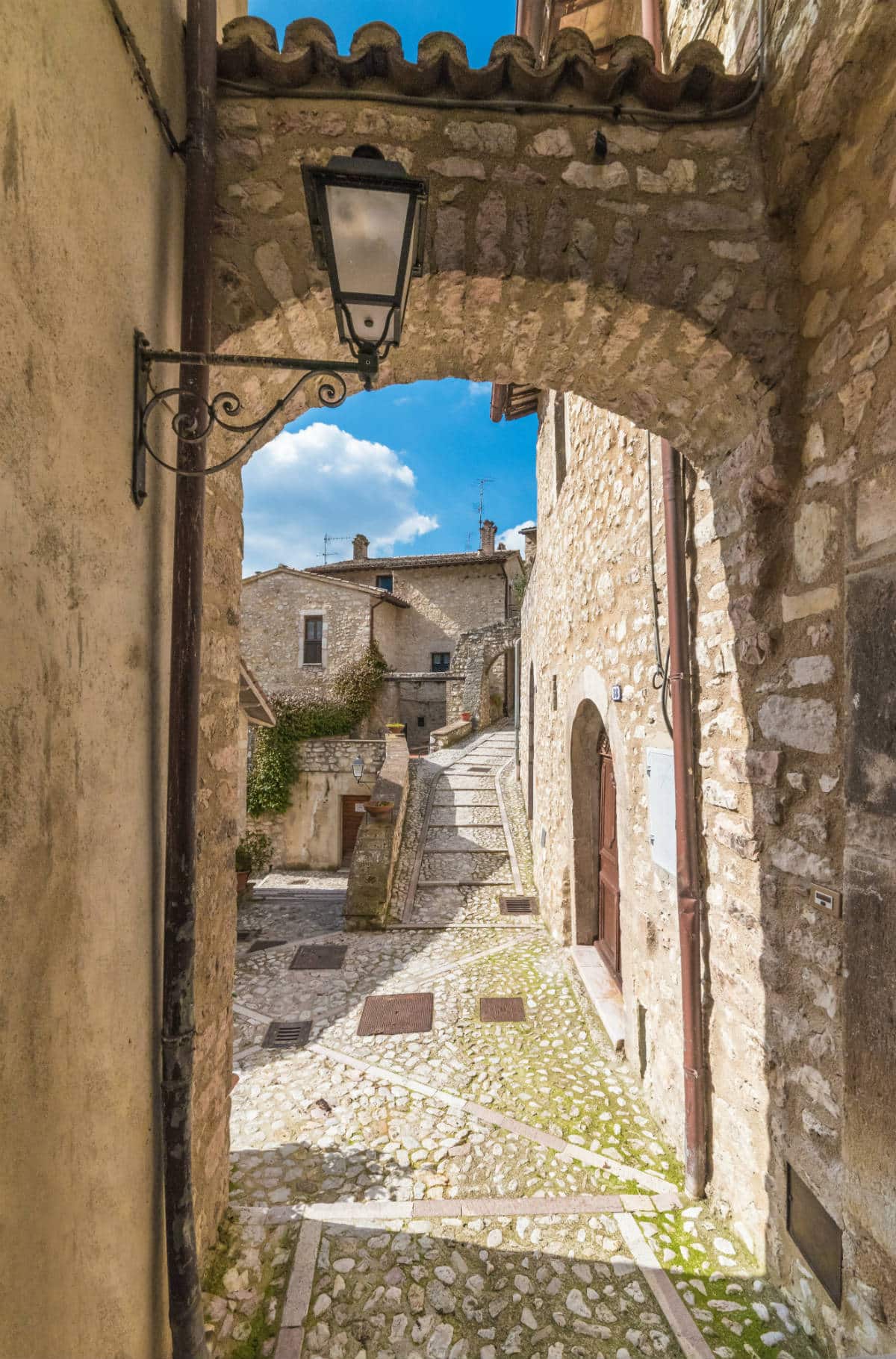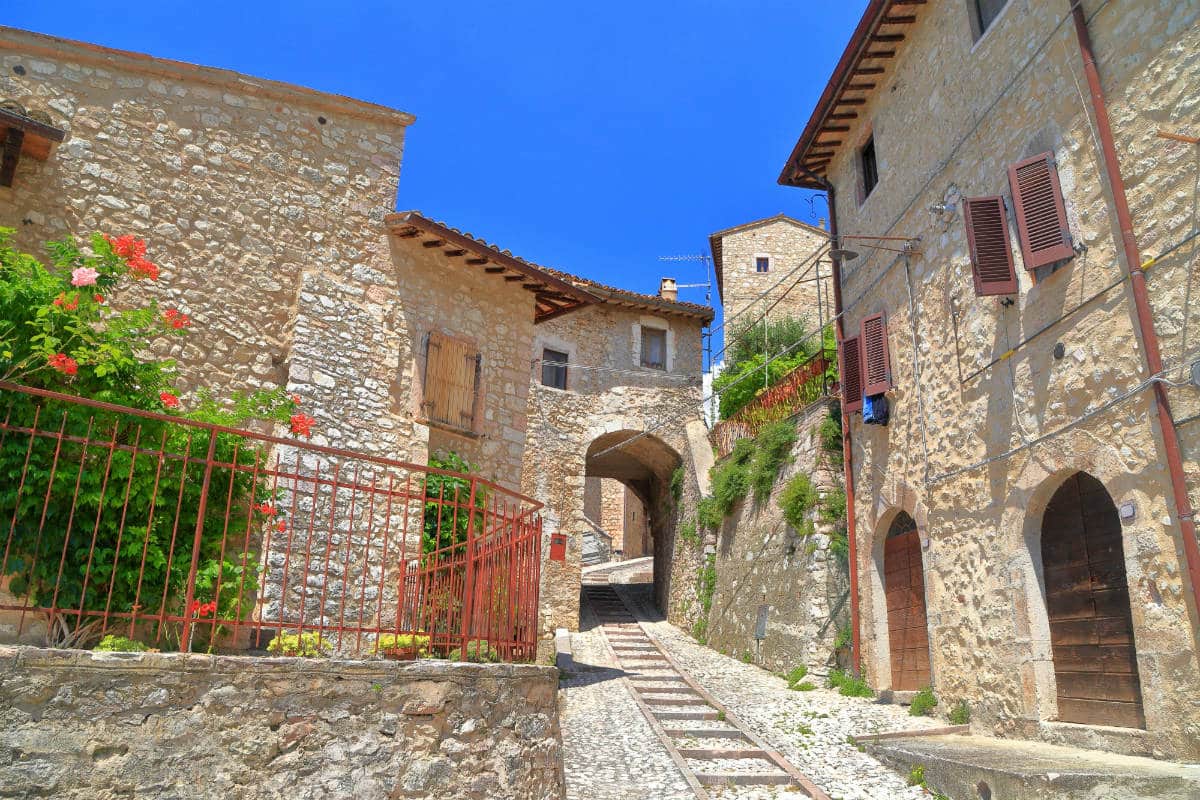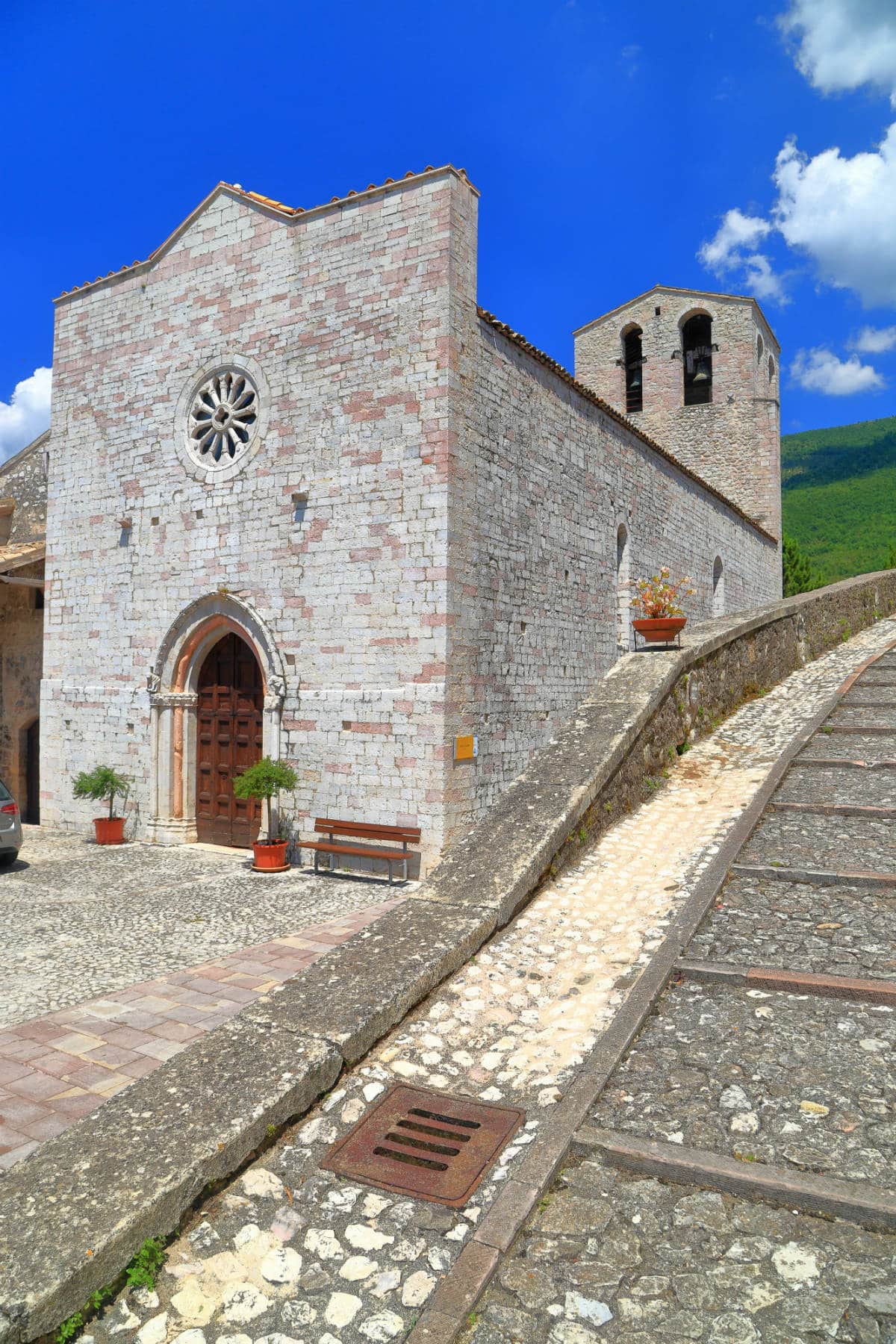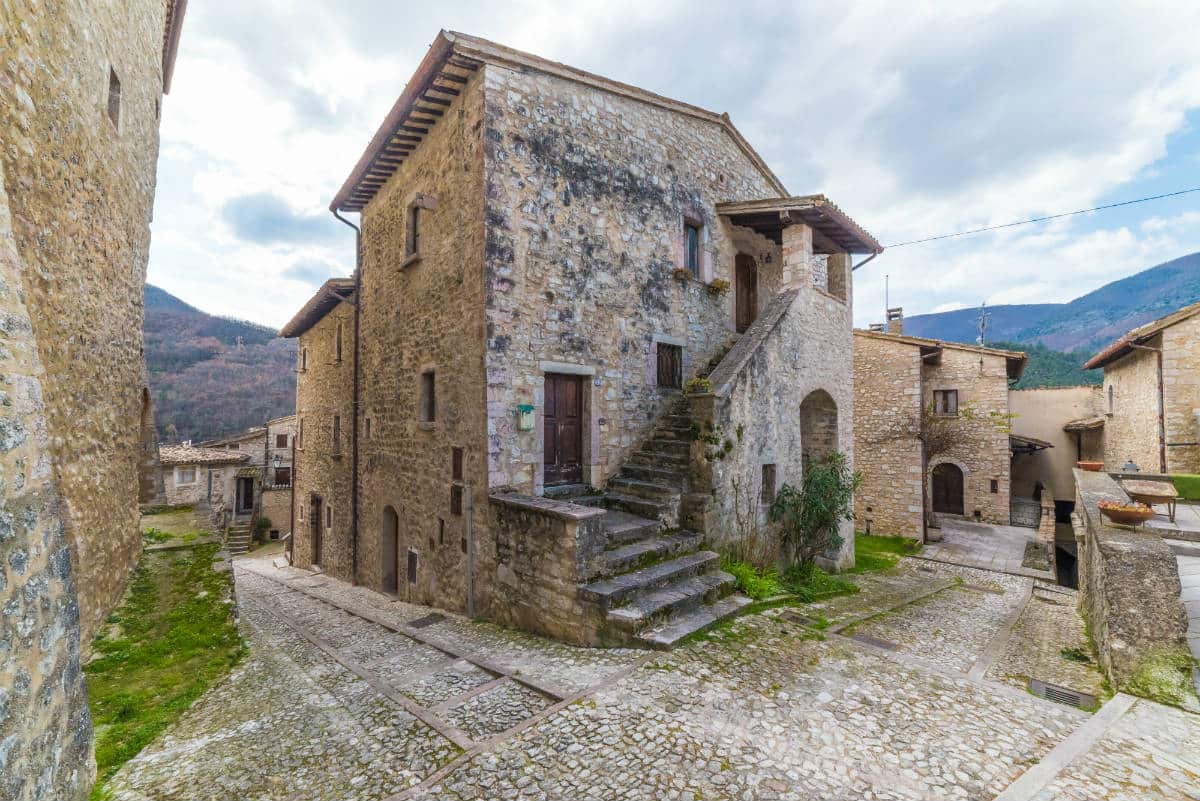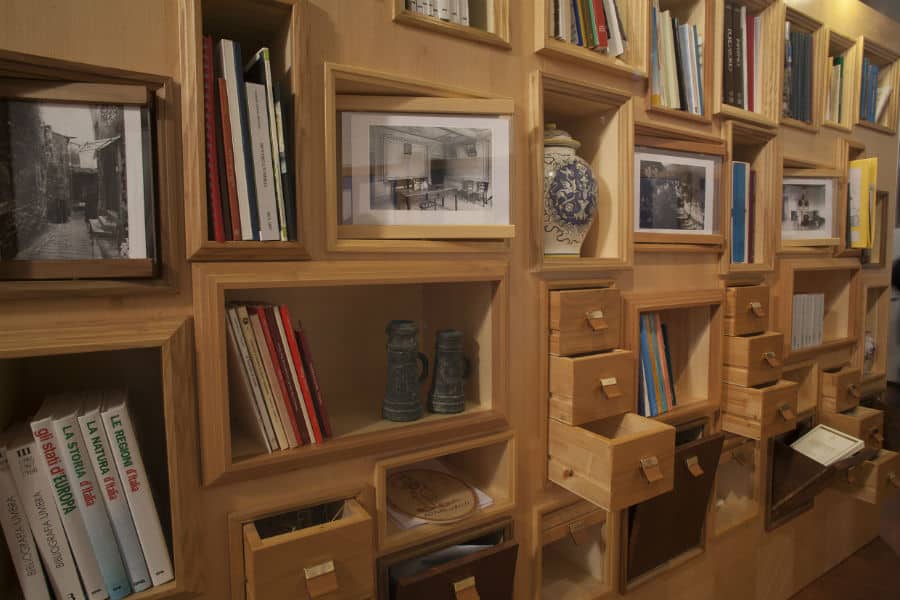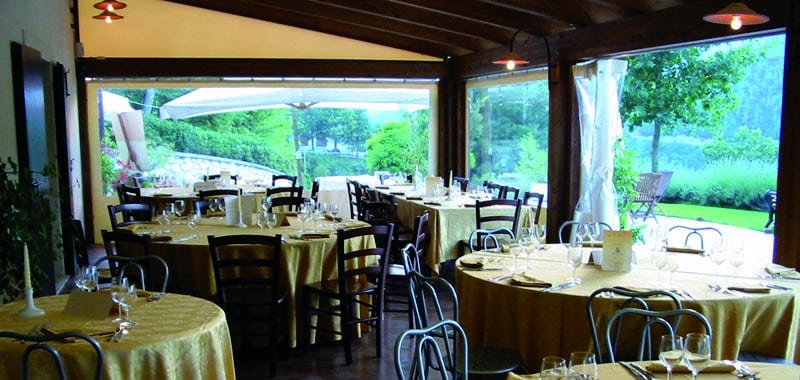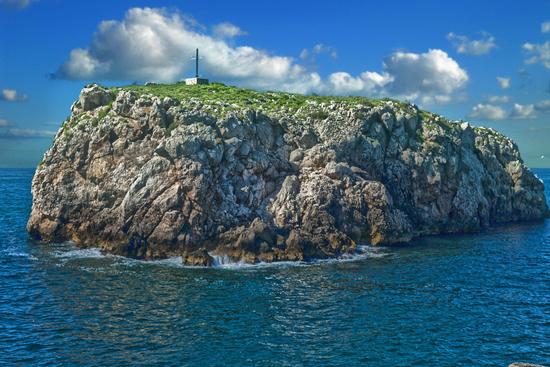The village of Vallo di Nera is a historical jewel that deserves to be visited. Its thousand-year history dates back to Roman times, but the origins of the area go as far back as the 4th-2nd centuries B.C., when it was inhabited by the Naharci of probable Celtic origin. Over the centuries, Vallo di Nera underwent several transformations, becoming a Lombard curtis belonging to the Duchy of Spoleto in the fourth century. In 1217, Vallo obtained permission to build the castle, which gave rise to the present urban configuration of the village.
A little medieval treasure
Nestled in the green hills of Umbria, the village of Vallo di Nera is a gem of history and beauty that deserves to be discovered. Located in the province of Perugia, this ancient town is one of the most picturesque villages in Italy and offers visitors a fascinating journey through time.
An imposing city wall and a historic castle
The urban layout of Vallo di Nera is a sight to behold. A majestic city wall, known as "la Carbonaia," surrounds the village, transporting visitors to a unique medieval atmosphere. At the center of the village stands an ancient castle, a symbol of Vallo di Nera's power and history. This imposing structure still guards the mighty tower equipped with corbels and machicolations, which fascinate lovers of historical architecture.
A journey through time
Vallo di Nera features an imposing city wall and a tower equipped with machicolations and corbels, which still echo the medieval atmosphere. The two gateways to the village, Porta Ranne and Portélla, welcome visitors and catapult them into a journey through time. Inside the walls, you can admire a panorama of loopholes, burnished alleys, Romanesque churches and stone portals.
Walking through the narrow streets of the village is like going back in time. Louvers, narrow passages and burnished alleys present themselves before visitors, who feel like protagonists of a thousand-year history. Romanesque churches and stone portals complete the unique atmosphere of Vallo di Nera.
The church of Santa Maria Assunta, dating back to the 12th century, has frescoes of the Giotto school and hosts a famous procession known as the "Procession of the Whites," dating back to 1401. The church of St. John the Baptist, a 13th-century Romanesque structure located at the highest point in Vallo di Nera, houses frescoes by Jacopo Siculo in the apse. The church of Santa Caterina, attached to the Franciscan tertiary convent, is another must-see for art and history enthusiasts. Outside the walls is the striking 15th-century church of San Rocco, with a gabled facade adorned with a wrought-iron grill.
The House of Tales was established as a research and documentation center with the aim of raising awareness of this intangible heritage.
An enchanting territory rich in history
But it is not only the village of Vallo di Nera that is worth a visit. The surrounding area is dotted with castles and villas, bearing witness to the importance of this area over the centuries. In Piedipaterno, an ancient valley bottom settlement, there is the church of San Sebastiano, dating from 1253, the Chapel of Madonna delle Grazie, and the remains of the abbey of Santa Maria dell'Eremita. In the village of Geppa, of early medieval origin, the church of Santo Stefano can be visited, while in Paterno the churches of San Giusto and San Bernardo can be admired. In Meggiano are the church of San Michele Arcangelo and the church of Santa Maria de Pedemonte. There is also no shortage of evocative ruins at Roccagelli and La Forca.
Visiting tips
To fully immerse yourself in the atmosphere of Vallo di Nera, we recommend getting lost in the narrow streets of the village, admiring the medieval architecture and the artistic wonders of the churches. Don't forget to take a walk along the village walls, where you can enjoy breathtaking views of the surrounding landscape.
If you want to learn more about the history and art of Vallo di Nera, you can also visit the castles and churches in the neighboring towns, which complete the cultural offerings of this area.
Finally, remember to savor the typical dishes of Umbria in the rich gastronomic tradition of the village, where you will find restaurants and osterias ready to delight your palate. Among the products of Vallo di Nera, cheese deserves a special place. Every year in June, Fior di Cacio takes place, a gastronomic festival where you can taste all the varieties of cheese from Vallo di Nera and the Valnerina. Other local delicacies include trout, truffles, honey and cured meats.


